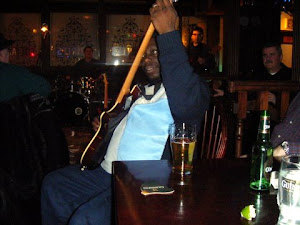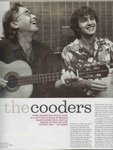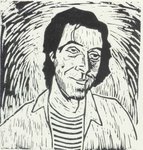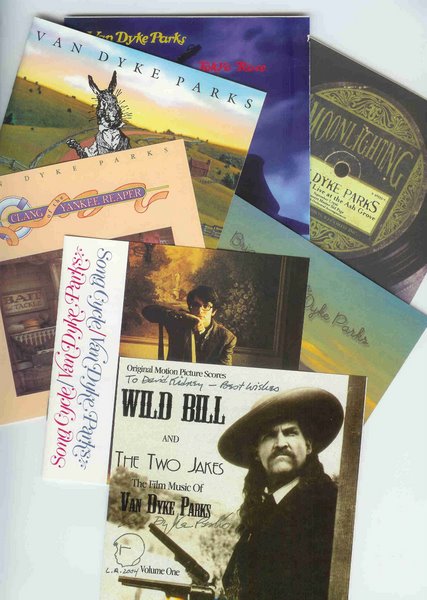 It was a Saturday night, and I was home alone. The car accident I had been in the night before had left me a bit shaken. I only broke a fingernail, but I was having trouble settling. I thought about skipping out on the plans I had made to go to the Pearl Company to see Bill Bourne. It was starting to rain. Ah what the heck, I decided to go. A couple hours of live music could only help me feel better.
It was a Saturday night, and I was home alone. The car accident I had been in the night before had left me a bit shaken. I only broke a fingernail, but I was having trouble settling. I thought about skipping out on the plans I had made to go to the Pearl Company to see Bill Bourne. It was starting to rain. Ah what the heck, I decided to go. A couple hours of live music could only help me feel better.I made the right decision.
The Pearl Company is, just as it sounds, a gem in the middle of Hamilton. It's like a pearl, it doesn't sparkle diamondlike in the sun, but when the sun goes down the Pearl has an inner glow that warms the heart. Too bad more people don't take advantage of it.
While there are seats for almost 150 only a third of those were filled when Alberta's Bill Bourne took the stage Saturday night. He played an old blues on his battered Gibson. Then he called for the band, the Free Radio Band, to join him. Switching between the Gibson and a Martin (tuned to an open chord) he led the band through a career stretching journey. Moses and Brian on bass and drums comprised the solid rhythm section and Pa Joe (from Ghana by way of Toronto) played smooth jazzy guitar fills on his Stratocaster.
 While the music was extraordinary, I really want to use this time to comment on the Pearl Company itself. As I walked up to the door Gary Santucci was on the street with a flashlight helping to park cars. Once inside Barbara Milne greeted me with, "Hi, David, it's been a long time!" How many venues provide this kind of personal service?
While the music was extraordinary, I really want to use this time to comment on the Pearl Company itself. As I walked up to the door Gary Santucci was on the street with a flashlight helping to park cars. Once inside Barbara Milne greeted me with, "Hi, David, it's been a long time!" How many venues provide this kind of personal service? The merch table is right in front of you, with Bill Bourne sitting alongside playing his guitar warming up. A coffee pot brews on another table, which features tasty treats. Try the butter tarts! The walls are filled with art and photography. The performance area is behind a curtain. The seats are a collection of different chairs, a couple of couches, two banquettes...choose the most comfortable, the sightlines are all good, the sound is exquisite.
Barbara and Gary use the building for a variety of purposes. The first floor can be an art gallery, although Saturday night it looked like it was setup for a theatrical performance. The second floor is the concert hall. They live above that in a huge open space. It's called the Pearl Company because it used to be a factory where they made pearls. You can still see them ground into the wooden floors! But it will be the Pearl Company...the essential gem in Hamilton's treasure chest of entertainment. These people are committed to the arts, and to the city. If only the city was committed to them!
On Saturday night John Mellencamp was playing at Hamilton Place, Selena Gomez was at Copps Coliseum, Malawi singer guitarist Tony Bird was at Artword ArtBar, and the Pearl had Bill Bourne. Hamilton has a place in the cultural fabric of Southern Ontario, and The Pearl Company offers a gorgeous intimate venue that we should all use more often!
Here's the schedule for November!
November 4: Jazz w Andy Middleton Group
November 4: Art Bus
November 8: Jazz w Ernesto Cervini Quartet featuring Joel Frahm-
November 9: Emm Gryner & Colleen Brown
November 10: Rakish Angles
November 11: Art Bus
November 12: Kaleidoscope Brown: Brownman w Latin Jazz
November 17: Cam Penner
November 19: Ben Caplan w Charlotte Cornfield
November 22: Jenn Grant w Amelia Curran
November 24: Matthew Barber w Louise Burns
November 25: Jazz Connection Big Band w Paul Hoffert on Keyboards
November 26: Jon Brooks
November 27: Design Hope CD Launch


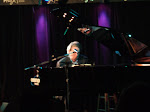









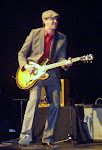



.jpg)

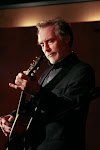.jpg)









